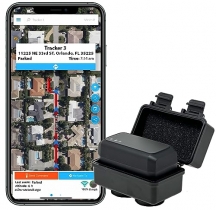-
Welcome to Tacoma World!
You are currently viewing as a guest! To get full-access, you need to register for a FREE account.
As a registered member, you’ll be able to:- Participate in all Tacoma discussion topics
- Communicate privately with other Tacoma owners from around the world
- Post your own photos in our Members Gallery
- Access all special features of the site
Setup/Tuning mistakes I see on almost every long travel Tacoma ever
Discussion in 'Long Travel Suspension' started by WEW, Sep 12, 2025 at 5:41 PM.


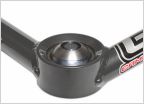 Anyone now why some UCA's use 1.25" uniballs?
Anyone now why some UCA's use 1.25" uniballs?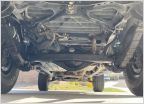 JDFabrication Full Float Ford 9 Inch Axle Install
JDFabrication Full Float Ford 9 Inch Axle Install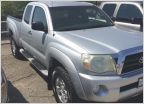 Camerond05's build page. Slow. Boring
Camerond05's build page. Slow. Boring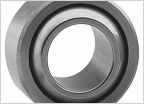 Honest feedback on Stainless Uniballs and road salt
Honest feedback on Stainless Uniballs and road salt 1st gen Tacoma LT help
1st gen Tacoma LT help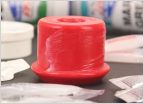 Polyurethane bushing grease
Polyurethane bushing grease









